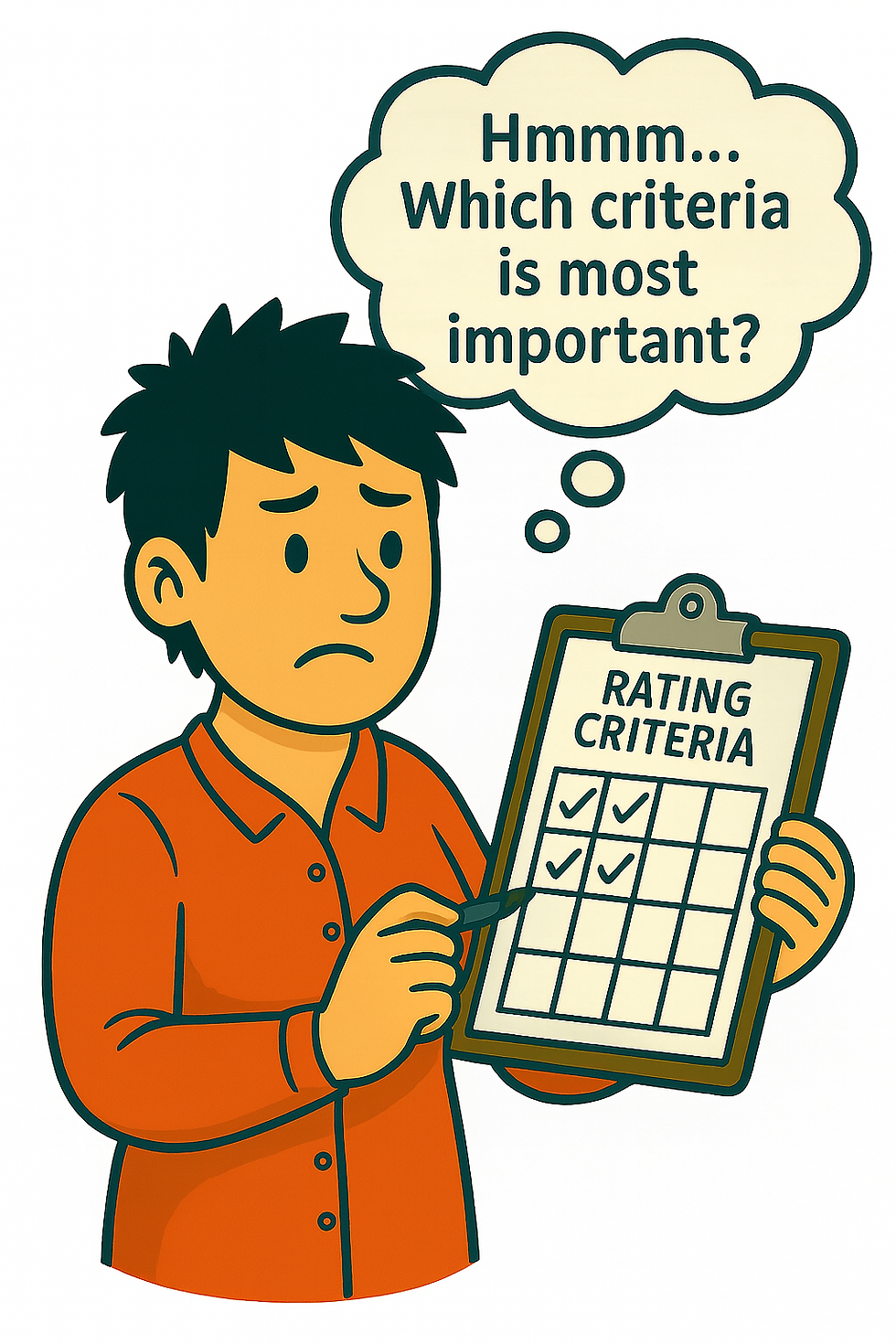Setting the Ground Rules: Evaluation Criteria for Non-profit Social Enterprise
- Angie McLeod
- Oct 10
- 4 min read

Social enterprise is an exciting idea for many non-profits. It’s an attractive way to generate steady revenue while staying true to your mission.
Let’s be real: it’s not a quick
fix to your non-profits financial or mission struggles.
Launching a social enterprise can be risky, resource-heavy, and full of unexpected challenges. That’s why at HIP Strategic, we encourage boards and leadership teams to slow down and set clear social enterprise evaluation criteria before brainstorming ideas. This evaluation criteria provides a pre-set framework for examining social enterprise ideas objectively and making hard decisions based on organizational priorities and aspirations.
I’ve worked with boards who skipped this step, often to their detriment. Without agreed-upon evaluation criteria, it’s easy to get swept up in a shiny idea and shape the “criteria” around what makes that idea look good. By setting your evaluation framework first, you give your non-profit a fair, unbiased way to evaluate whether a social enterprise idea is truly a good fit.
In this article, we’ll explore how to set the ground rules and evaluation criteria for your proposed social enterprise project.
What should success criteria cover?
Strong social enterprise evaluation criteria look at more than just financial return on investment (ROI). It blends social impact, community benefit, financial resilience, human resources, marketing, operations, legal implications, and risk management.
Here’s a breakdown of potential questions to ask to determine your success criteria and priorities for your social enterprise:
Social & Community
Will this idea create positive impact in our community?
Does it align with our mission or reach people we can’t currently serve?
Will it spark excitement among our board, staff, or community?
Human Resources
Do we have board champions with business expertise?
Is there leadership and staff capacity to manage it?
Could it create meaningful employment or attract new talent?
Marketing
Is it something people want to buy?
Does the product raise the credibility of our organization?
Does our non-profit reputation give it credibility?
Could it help raise awareness of our mission with new audiences?
Operations
Can it be piloted small before scaling up?
Does it fit within our existing infrastructure?
Will it push us to innovate and improve how we work?
Do we need to hire external business experts, or can our staff learn the needed skills, as they go?
Legal
Does it align with non-profit or charitable regulations?
Can we structure it simply at first, without creating liability headaches?
Will compliance be manageable with basic guidance?
Financial
Could it realistically generate surplus revenue?
Might it reduce dependence on grants or donations over time?
·Can it start small with minimal risk, and attract seed funding or partners?
Risk Management
Can we test it in a way that limits risk?
Is it reputationally safe or even brand-enhancing?
Could it be discontinued without hurting our core programs?
Weighting what matters most
To assess viability of your social enterprise idea, you will set out evaluation criteria that reflect your organizations priorities. You may end up with 20 different criteria that each idea must be assessed against.
In reality, not every criterion will carry the same weight or importance. For example, your board might decide that financial sustainability and social/community impact should count more heavily than other factors.
Here’s a simple method we use to assign weight to these criteria:
Pick 4–5 nonnegotiable (e.g., pilot potential, mission alignment, reputational safety).
Assign them 10% weight each.
Spread the remaining points across other criteria at 5% each.
The weight of all answers adds up to 100%. This scoring tool reflects your board’s priorities — and helps assess ideas with clarity and confidence. Score and weight every criterion for your shortlisted social enterprise ideas as a starting point to determining suitability and viability for your idea.
If you are using an excel sheet to rate the criteria, you can develop a formula that gives the assigned weight to each criterion and have the worksheet calculate the final numbers. If you aren’t sure how to do this, give HIP a call – we’ll be happy to help you define the formula.
Next step: Idea generation
Once your criteria framework is in place, it’s time for green-light thinking. In this style of brainstorming, every idea is great, and no idea should be discounted or overlooked. Brainstorm, dream big, and let creativity flow — knowing you have a clear, practical filter to guide which ideas move forward.
At HIP Strategic, we like to remind non-profits that social enterprise should feel like a values-aligned step forward, not a gamble. With the right groundwork, you can explore exciting ideas while protecting your mission and your people.
✨ Curious if your non-profit is ready to explore social enterprise? Book a Get Curious! Discovery Session with HIP Strategic, and let’s talk about how to set your success criteria or define that worksheet formula for weighting different criterion. Ask us about brainstorming meeting facilitation services too!


Comments